Research
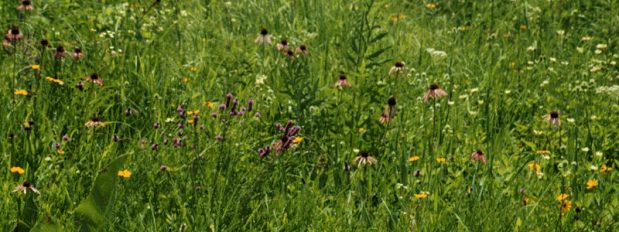
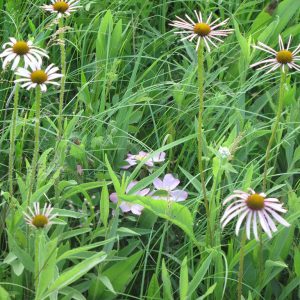
Microbial Feedbacks and Plant Ecology
Dynamics within the soil community can be a major driver of dynamics within the plant community. The presence of a particular plant host changes the composition of the soil community and the change in soil community composition often decreases the growth rate of their host plant. Through this negative feedback on plant growth, the dynamics within the soil community can directly contribute to the maintenance of diversity within plant communities and populations. We have found that these negative feedbacks can result from accumulation of host-specific soil pathogens. However, host-specific shifts in the composition of mutualistic mycorrhizal fungi and of soil bacteria also generate these feedbacks.

Invasions and Restoration Ecology
The original tallgrass prairie that dominated the Midwest was fantastically diverse. Unfortunately, much of this community type has been lost due to agricultural development. Efforts to replant agricultural fields into prairie have met some success, but the original diversity has not been restored. We are evaluating whether the degradation of the soil community, particularly the community of mycorrhizal fungi, limits the success of restorations. We find support for an important role of native mycorrhizal fungi and find that restoration of this native diversity can have cascading benefits for ecosystem functions, including reduced erosion.
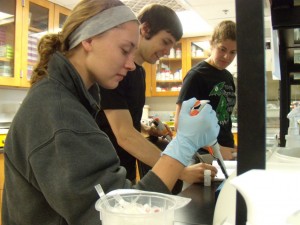
Genetics of AMF
Arbuscular mycorrhizal fungi are thought to reproduce solely through the asexual processes of hyphal growth and production of asexual spores. However, we have found substantial amounts of heritable variation within single populations of these fungi. In culturing these fungi, we have found evidence of an unusual mechanism of inheritance within these fungi in which variable nuclei segregate through dividing and growing hyphae. New combinations of nuclei can then be created through hyphal fusion. We are developing and testing the implications of these genetic processes.

Invasion and Biogeography
There is reason to expect interactions with soil microbes will influence plant colonization of oceanic islands. Plants will likely arrive on new islands before their mycorrhizal symbionts, which have limited dispersal. Therefore, plants that successfully colonize new islands would need to be self-sufficient and not dependent on AMF. These initial plant colonizers would have also had the luxury of leaving their pathogens at home and encountering few novel pathogens on the islands. Introduced plants may have the advantage of mycorrhizal fungi because they are commonly brought with intact soil and may exhibit escape from their enemies. We are studying how both beneficial (mycorrhizal) and harmful (pathogens and oomycetes) microbes dictate the success of plant invasions. Currently, our field work is in the Galapagos Islands, Ecuador, while our overarching interest is global.
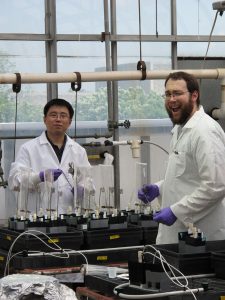
Evolution of Mutualism and Virulence
Symbiotic services are costly. When cheaters are well integrated with mutualists—such as when the two co-occur in the same segment of a root—cheaters have higher fitness. We use experiments and theoretical models to determine how mutualism is stabilized given this incentive to cheat. Our work addresses how soil resource availability, preferential allocation of host carbon, and the spatial structure of the interaction determine whether symbiont populations are represented by mutualists, cheaters, or mixed communities.
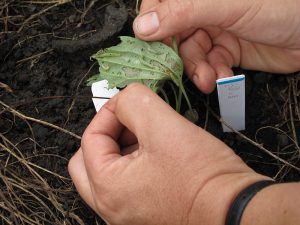
Multi-trophic Interactions
Plants interact with multiple mutualists and enemies simultaneously. We have found that plant response to one interactant can depend upon the identity of their symbiotic partners. For example, association with some AMF species can increase plant tolerance to insect herbivory while association with other AMF species can increase plant defense. In late successional legumes such as Amorpha canescens simultaneous association with rhizobium and AMF can result in synergistic growth benefits.